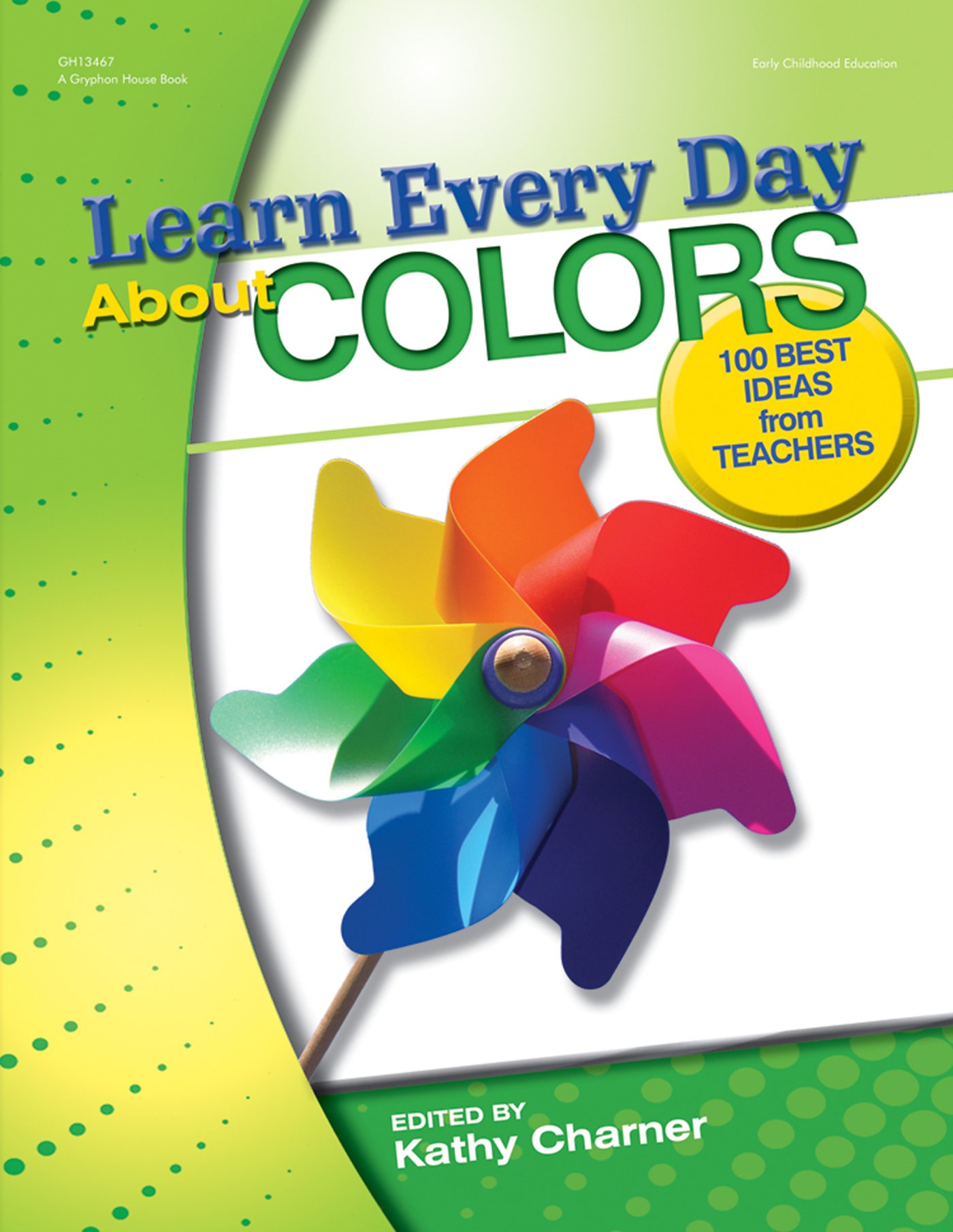Materials
- a box of eight basic colors
- colored squares or counters for each child
What to Do
l Make a chart with the words to the fingerplay below, using colored markers to match the color names used in the fingerplay.
1. Teach the children the following fingerplay. Ask them to hold up the correct colored square or counter to match the color mentioned in the fingerplay.
Five Little Crayons by Susan Oldham Hill
Five little crayons ready to draw
The most colorful picture you ever saw.
The red one said, "I'll make a stop sign."
The green one said, "I'll color a lime."
The yellow one said, "I'll draw sunshine in the air."
The brown one said, "I'll make a grizzly bear."
The blue one said, "I'll color in the sky."
So they used their colors to make things shine.
Five little crayons ready to draw
The most colorful picture you ever saw.
2. Mention other colors and items traditionally seen in that color, such as carrots for orange.
3. Ask the children to find the color names in the poem.
4. Ask them to look for two lines that are the same.
Assessment
To assess the children's learning, consider the following:
- l Can the children repeat the song on their own?
- l Can the children look in a box of crayons to identify the colors they name in the song?
-Susan Oldham Hill, Lakeland, FL
Instructions
What To Do
1. Talk with the children about nighttime, and how at night most people
in a community settle down for a good long rest.
2. Talk with the children about their nightly routines,
and ask them if they need it to be quiet to fall asleep.
Would they be able to sleep if their neighbor were
playing a trumpet outside their bedroom window?
3. Teach the children the following song, emphasizing
the importance of quiet:
Here in the Neighborhood by Susan Oldham Hill
(Tune: "You Are My Sunshine")
Here in the neighborhood, it's time to rest, now.
It's time to put our work away.
We're getting quiet, neighbors are resting;
If you listen, you can hear our neighbors say....
(Repeat song)
4. Repeat the song with the children several times,
singing it more quietly with each repetition. Consider
making mats available and having the children lie
down by the end of the song.
Assessment
To assess the children's learning, consider the following:
l Do the children appreciate the importance of a neighborhood being
quiet at night?
l Can the children repeat the song more quietly, as prompted?
